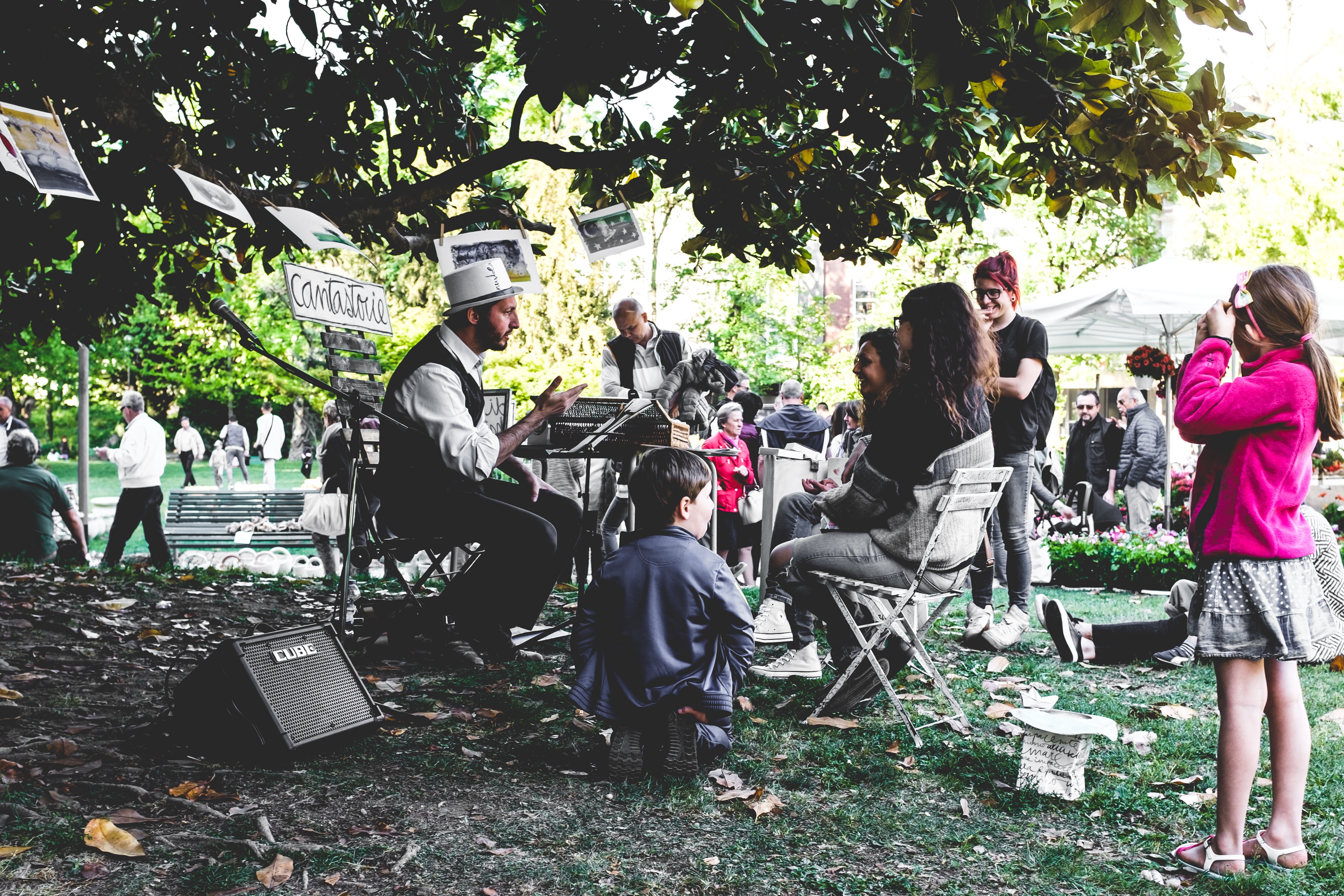We can apply the use of stories to communicate our ideas, to inspire, to raise awareness about an issue, to persuade and to call to action. They give us a chance to connect with our audiences in so many ways. That is probably why we are witnessing an important resurgence of stories and their values. If you have attended some online events related to science communication and the public during this last very special year (2020), you might have participated in some discussions, symposiums, workshops and sessions where stories were the central matter of conversation.

Credits: Antonio Molinari, @unsplash
This is not new, though. Caroline van den Brul, documentary producer, explains processes and shares methods to develop communication skills for scientists, through stories, in her book "Crackle and Fizz", 2014. It's a nice journey the one she invites us to take. Randy Olson, a former biologist and film director, published his book "Houston, we have a narrative!" (2015), where he unfolds the mechanisms that let him jump back and forth from sciences to communicating through stories.
On the other hand, several papers have been published in the last decade with more frequency, where you will find arguments and studies from the fields of neuroscience as well as communication sciences, about the power of stories.
We recommend starting with this one, Storytelling, the soul of science communication, and follow your reading with Using narratives and storytelling to communicate science with nonexpert audiences. They will give you elements for reflecting from a theoretical standing point. They look at storytelling from a researcher's perspective, showing transdisciplinarity at its best.
Dr. Erinma Ochu adds some thoughts to this part: Storytelling can also be, like citizen science, a way to challenge hierarchies, around who gets to contribute to and generate knowledge: https://www.frontiersin.org/articles/10.3389/fcomm.2020.00035/full and is also used to support communities bring diverse cultural perspectives to community- based participatory research, to bring change in their communities, see for example: https://www.ncbi.nlm.nih.gov/pmc/articles/PMC4374989/
This broadens the use of stories and storytelling in participatory research.
You will find more references in section 7. "Further learning".